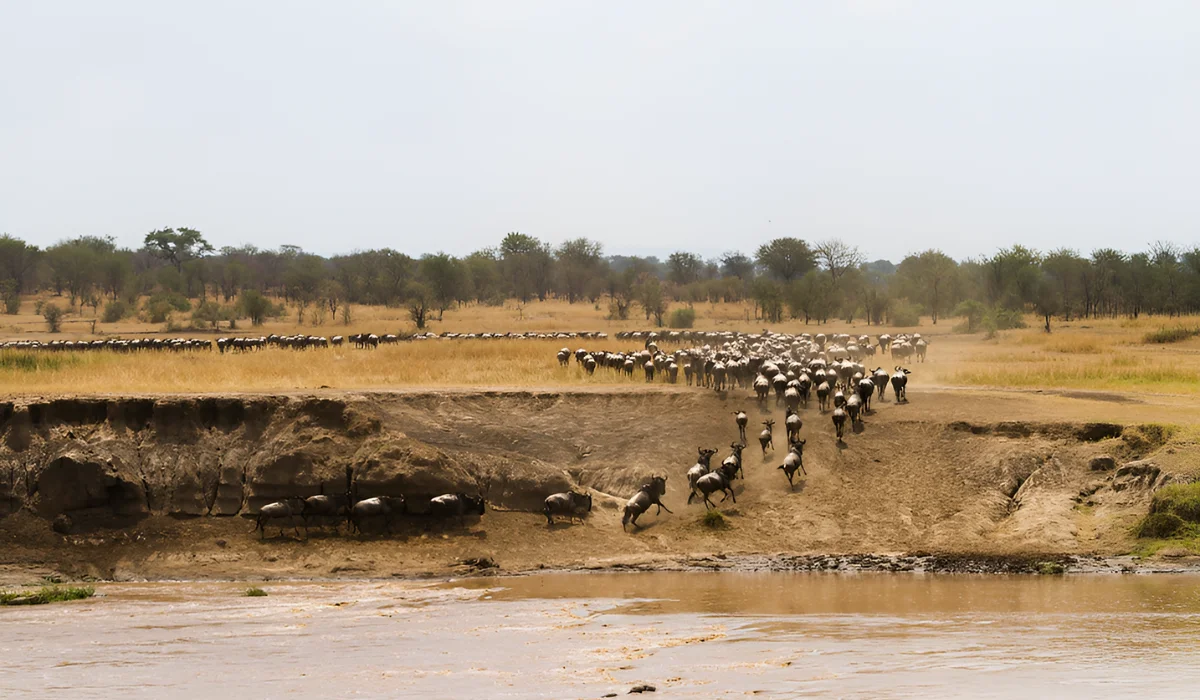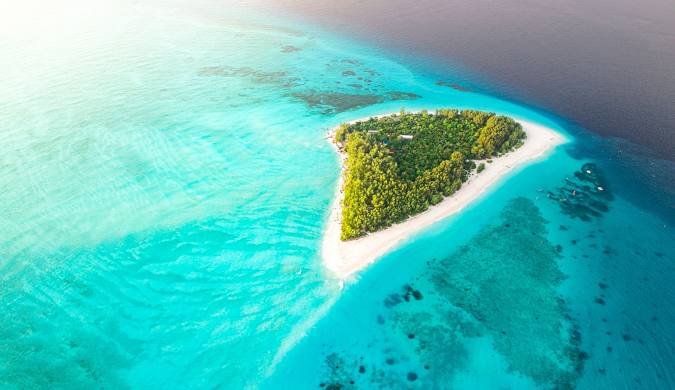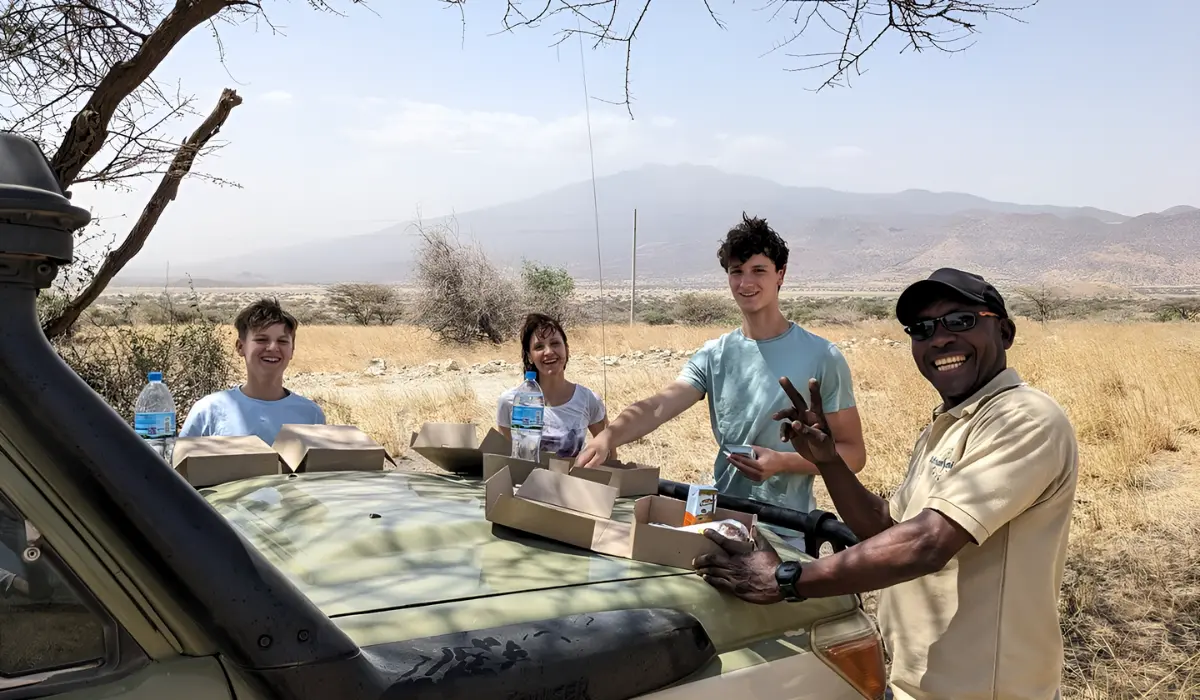Mount Kilimanjaro, standing at 5,895 meters (19,341 feet), is the highest peak in Africa and one of the world's most accessible high-altitude climbs. However, success requires proper preparation across multiple areas: physical fitness, mental readiness, gear selection, and understanding what to expect.
Physical Preparation
While Kilimanjaro doesn't require technical climbing skills, it demands excellent cardiovascular fitness and leg strength. Start your training at least 3-4 months before your climb.
Cardiovascular Training
- Aim for 4-5 cardio sessions per week
- Include long hikes with elevation gain
- Stair climbing and step-ups
- Running, cycling, or swimming for base fitness
Strength Training
- Focus on leg strength: squats, lunges, calf raises
- Core strengthening for stability
- Back and shoulder exercises for carrying a daypack
Essential Gear Checklist
Proper gear can make the difference between success and failure. Here's what you'll need:
Clothing Layers
- Base layers (moisture-wicking)
- Insulating layers (fleece or down)
- Waterproof outer shell
- Insulated climbing pants
- Multiple pairs of hiking socks
Footwear
- Sturdy hiking boots (broken in)
- Gaiters to keep debris out
- Camp shoes for rest
Technical Gear
- Sleeping bag rated to -10°C (14°F)
- Headlamp with extra batteries
- Trekking poles
- Water bottles or hydration system
- Sunglasses and sunscreen
Route Selection
Choose your route based on your experience level, time available, and preferences:
Marangu Route (5-6 days)
Known as the "Coca-Cola Route," this is the only route with hut accommodation. It's considered easier but has lower success rates due to rapid ascent.
Machame Route (6-7 days)
The "Whiskey Route" is more challenging but offers better acclimatization and higher success rates. Features diverse landscapes and stunning views.
Lemosho Route (7-8 days)
Considered the most scenic route with excellent acclimatization profile. More expensive but offers the best chance of success.
Altitude Acclimatization
Understanding altitude sickness and acclimatization is crucial:
- Ascend slowly - "climb high, sleep low"
- Stay hydrated (3-4 liters per day)
- Recognize symptoms of altitude sickness
- Don't ignore warning signs
- Consider altitude training if possible
Mental Preparation
The mental challenge is often underestimated:
- Visualize success and challenging moments
- Practice positive self-talk
- Understand that summit day is extremely challenging
- Prepare for discomfort and fatigue
- Focus on the journey, not just the destination
Final Tips for Success
- Book with a reputable operator
- Get comprehensive travel insurance
- Complete a medical check-up
- Practice with all your gear before the trip
- Arrive in Tanzania 2-3 days early to acclimatize
- Trust your guides and porters
Related Posts
Subscribe to Our Newsletter
Get the latest safari tips, travel guides, and special offers delivered directly to your inbox.



